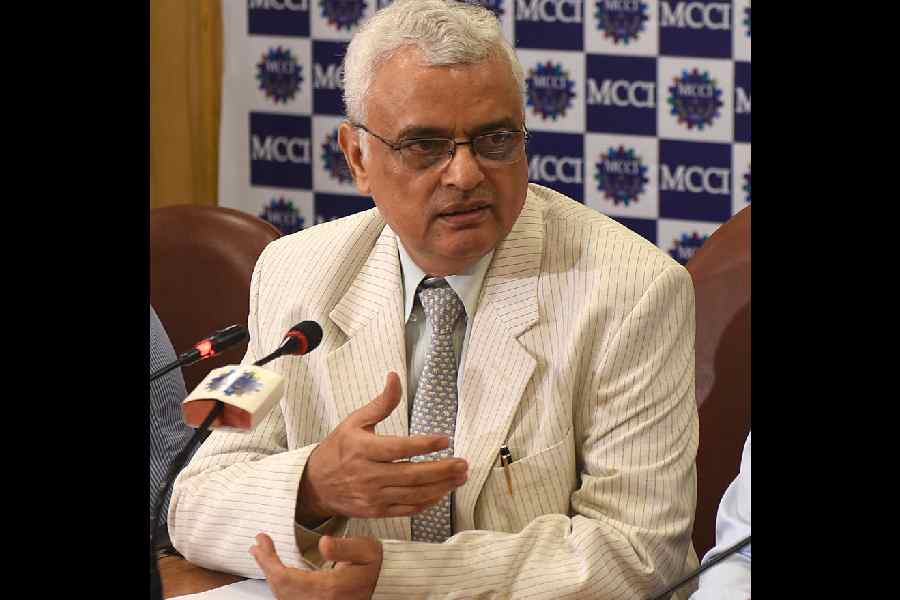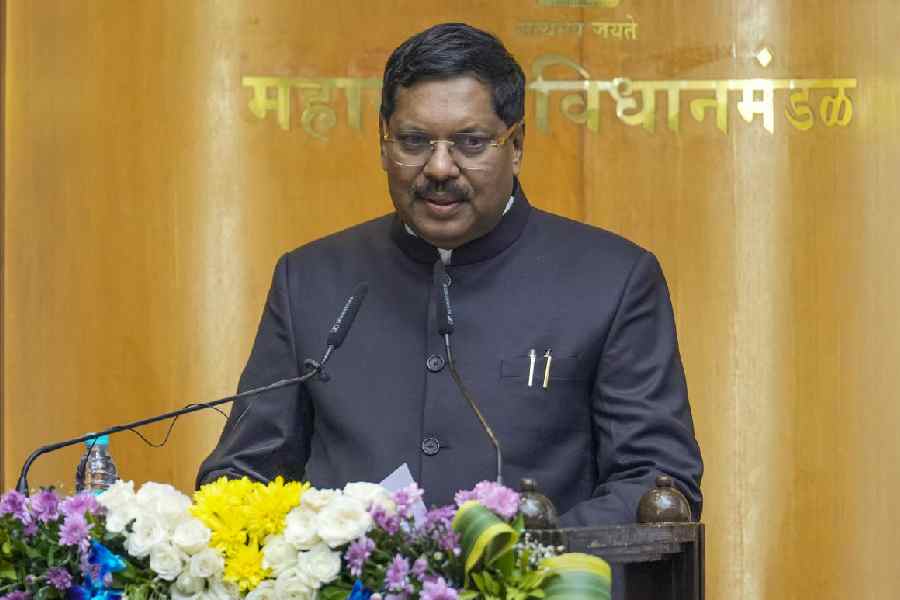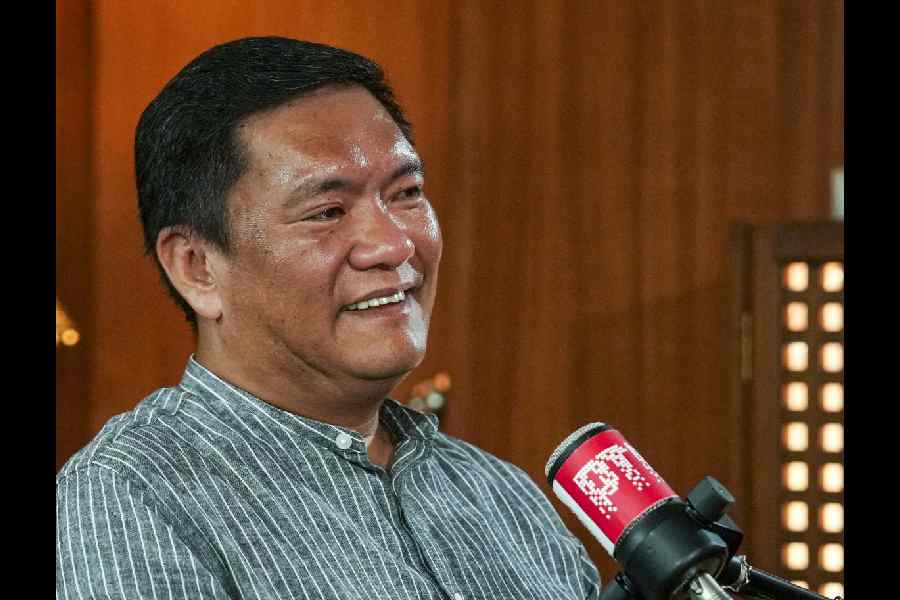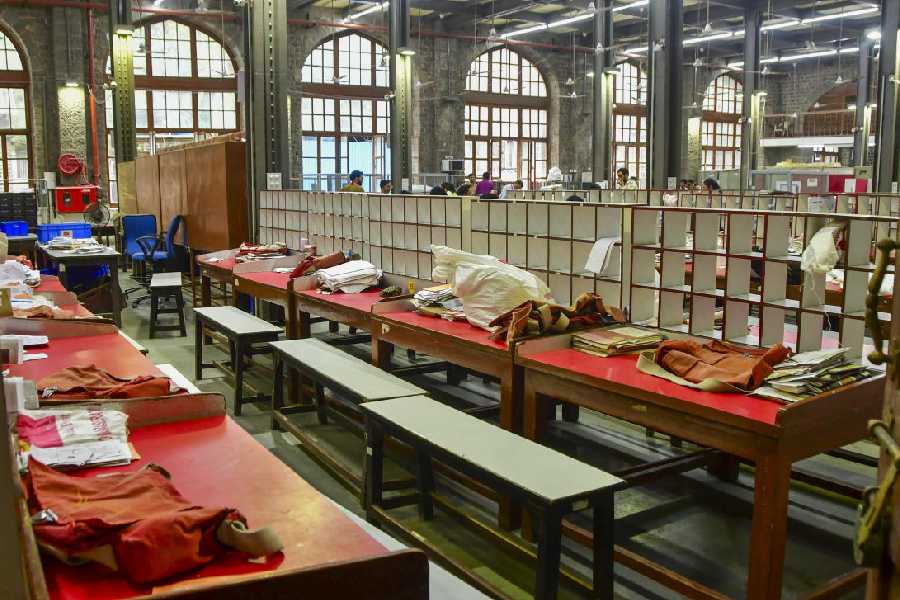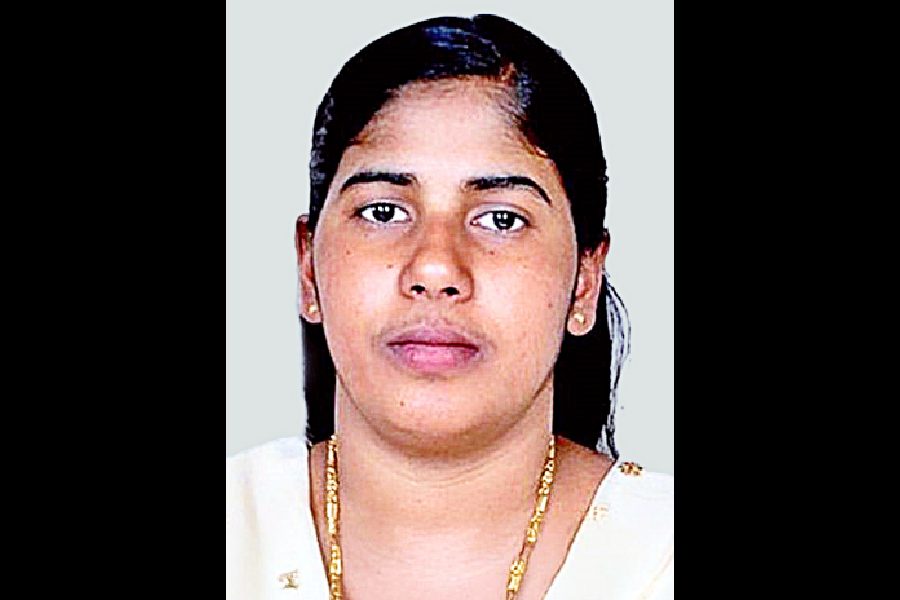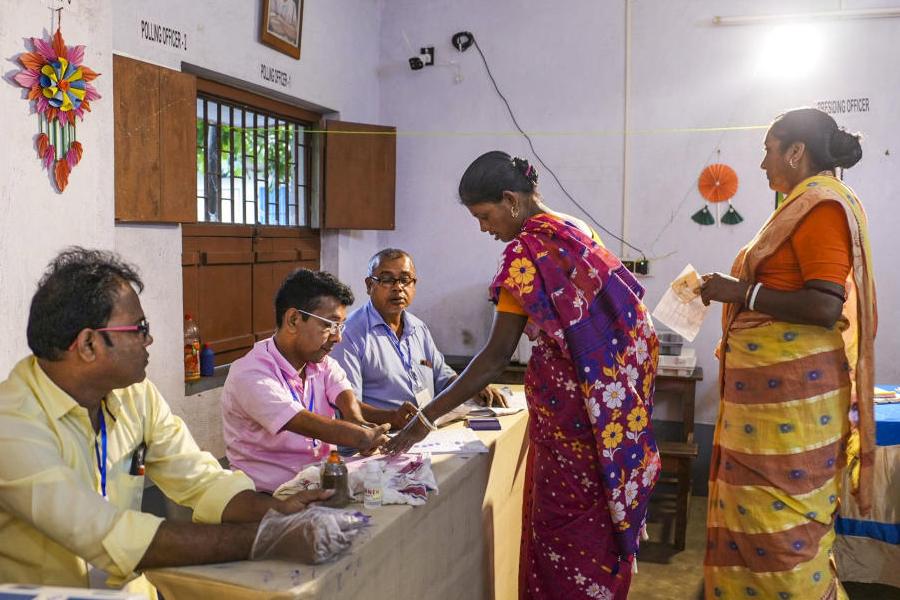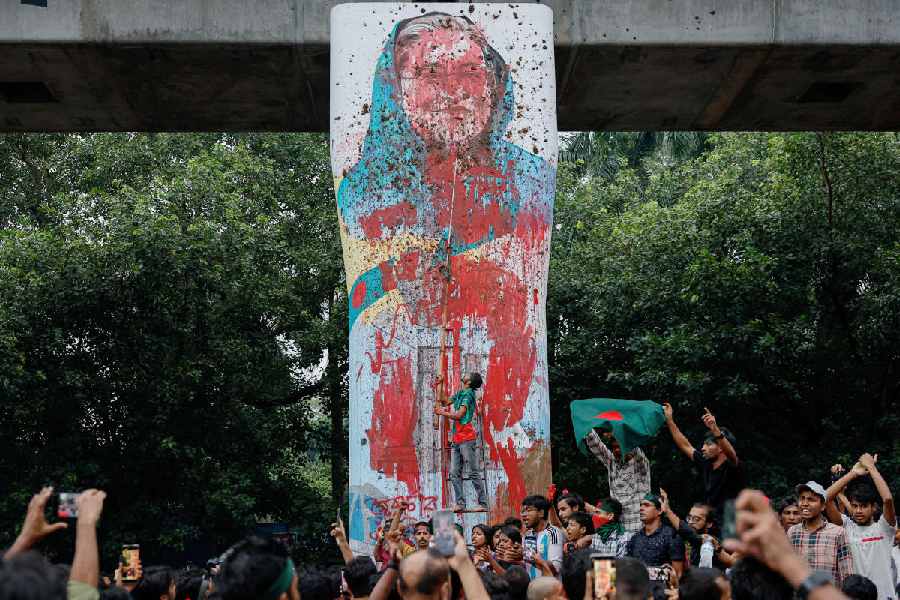
She’s the first female director to helm a superhero film. Patty Jenkins, who first shot into the spotlight as the director of Monster that won Charlize Theron an Oscar, and has since made hit TV shows like Entourage and The Killing, now directs Wonder Woman, starring Gal Gadot in what is the first summer tentpole film to feature a woman protagonist as a superhero. A chat with Jenkins.
When did you first become familiar with the character of Wonder Woman?
When I was in elementary school and watched the 1970s television show Wonder Woman, starring Lynda Carter. Wonder Woman was just the coolest, most beautiful and most exciting female character I had ever seen. Later, I saw the character on the American animated TV series Super Friends. My friends and I were obsessed with being Wonder Woman on the playground.
In addition to the pressure of helming a long-awaited motion picture, do you feel additional responsibility that this is one of the first films in which a female superhero is leading the action?
That’s always such a hard one to answer because I think the pressures and responsibilities of making the first Wonder Woman film were already intense. You know, that’s as big as it gets. I try not to only focus on the fact that it’s a female character and just make Wonder Woman a great superhero movie.
Why is Gal Gadot the ideal choice to play Wonder Woman?
I had never met Gal and when I heard that Zack Snyder had cast her as Wonder Woman in Batman v Superman, my heart skipped a beat. But when I started to watch Gal’s other work, and met her, I was just blown away by how special, charming, warm, wonderful, kind and strong she is. And now that we’ve collaborated on Wonder Woman, Gal has impressed me even more with her work ethic and talent. I’m extremely picky about casting and feel unbelievably fortunate to have had Gal cast for me. That doesn’t always work out, but I got really lucky with Gal.
What led you to cast Chris Pine as Diana’s love interest, Steve Trevor?
That casting was especially difficult because we were looking for someone who holds all of the weight and power of a true leading man. It takes a special kind of actor to be incredibly strong, have a great sense of humour, and be a true partner to the title character. Chris is such a wonderfully talented actor and is so comfortable with himself. He really slipped into that role like a glove. From the start, I was obsessing over him as the perfect Steve Trevor.

What drew you to cast Connie Nielsen as Diana’s mother, Hippolyta, and Robin Wright as General Antiope?
I was already a big fan of Connie’s work. She has such a regal presence, as well as a warm, loving and supportive personality, all of which gave her the perfect energy for the role of Hippolyta. For Antiope, I needed someone who seems in control and is not overly aggressive, but who is truly a badass. Robin conveys all of that and is such a pro at everything she does. She is truly a great actress and one I’ve always wanted to work with.
Did you follow the progress of what sounded like a rigorous physical training regimen that Connie and Robin and all of the women playing Amazons underwent?
I always wanted to, but I was too busy making the movie, so I would walk by and watch the actors training and training and training. Even during filming, the trainers were standing by and getting ready to train the actors. It was pretty intense.
The Amalfi Coast (in Italy) is one of the most beautiful spots in the world and served as your location for Diana’s home, Themyscira. What was it like filming there?
In my imagination, Themyscira was like an idyllic Mediterranean island. So what is the most incredible version of that? The Amalfi Coast! Having that authentic landscape and architecture around us was pretty amazing, because we were able to follow that lead in building Themyscira. Some of the locations there were difficult to reach and to film in, but it was always worth it.
You filmed much of Wonder Woman in the UK, where you captured the World War I battle scenes. What was that like?
We were based in the UK for most of the movie. We filmed everything from the battlefield scenes to the stage work to the London location work. It was an amazing place to shoot with a terrific crew and great support. We filmed there in the winter, and those conditions were appropriate for the context of the story, but it was pretty brutal for Gal to be out in cold weather in her Wonder Woman costume. But she was fittingly heroic about it and really made it work for her.
You’ve captured some epic action set pieces, both on the Themyscira locations and in the UK. What was the most challenging aspect of that?
They were all extremely challenging. I think a battle scene set in the beach on Themyscira was the most daunting because of how complicated it was to shoot and the number of people involved. But I was most obsessed about a World War I battle scene set in No Man’s Land, where Diana charges into battle by herself. I think it’s one of the most important moments in the movie for the character. It’s an incredible moment for Diana, who is realising what she’s capable of. So, it’s a big action piece, but at the same time it’s one of the most important dramatic sequences in the movie. It remains one of the most important scenes, for me.
What do you hope audiences take away from seeing Wonder Woman in cinemas?
I hope the film inspires them to be heroes themselves, but I also hope they have a great time. I think Diana is an inspiring figure, not only to women, who haven’t had many role models of this kind, but to everybody. I really believe that superhero movies can encourage change and courage in one’s own life, to tackle difficult things and be a hero. We all have that potential.


